Make America Work Again…Through the Arts.
In 1934, President Franklin Delano Rosevelt signed into law the “Federal Emergency Relief Act”, the precursor the the “New Deal”. After it passed, the question arose whether or not artists would qualify for the federal relief funding provided by the legislation. The Public Works of Art Project was then created under the legislation, helping pave the way for over 3,700 artists to be put back to work to create artwork for the public to enjoy. Later, the New Deal and the WPA modeled the Federal Theatre Project, Federal Art Project, Federal Writing Project, and others after the PWAP and helped put thousands of artists to work while the nation worked to recover from the Great Depression.
These two federal projects are important to remember when you talk about the arts and jobs in the US. The arts sector is an industry that sometimes gets overlooked when people talk about “job creation”. But these federal projects help remind us that when you want to put America to work, that means the artist goes to work too.
The Bureau of Economic Analysis recently began tracking a new satellite account of their annual GDP measures, centered around arts and culture. In their 2016 report, which measures 2013 growth and output, the creation of arts and cultural products equaled over 4 million jobs. Additionally, the sector accounted for over $700 billion to the US economy, or 3.9% of the entire US GDP.
In our own state of South Carolina, in a 2011 report by the SC Arts Commission and USC Darla Moore School of Business, the creative sector (arts-centric businesses, for profit and nonprofit) accounts for over 78,000 jobs and over $9.2 billion in core economic impact.
Advances in technology have also empowered the individual artist to reach new heights, audiences, and levels of success by changing how we distribute art to customers, how we spread the word about events, and has made the tools used in the creation of some artwork available to everyone via the web (more on this topic later this week).
In addition to the creative sector, other major industries of today are looking for employees to have creative solutions, be a team player, and emerge from their education with soft skills that make them better leaders. These soft skills and necessary qualities are engrained in artistic participation. From elementary school through college, the arts can be used to prepare people to be better 21st century employees. The arts can be used in the workplace to create stronger teams, inspire creativity, and develop better products.
When you talk about putting America back to work, it’s important to remember the artist and those that support the delivery of the arts to the public. Our culture is passed down generation to generation through the arts. Our history relies on art to keep it alive. And our future is dependent on our ability to be creative and to move our careers, what ever they may be, forward.
The 2016 Republican National Convention in Cleveland, Ohio is underway. Through Thursday, July 21, the GOP will focus on a series of issues to be addressed by various party leaders, celebrities, and political figures, and ultimately will solidify Donal Trump’s nomination as the Republican candidate for President.
The Convention is held over four days, and each day the RNC has chosen a theme for the party to reflect on as it approves its party platform and its candidate. The themes are drawn from the campaign slogan used by the Trump campaign, “Make America Great Again”. The theme for each day is as follows:
Monday: Make America Safe Again
Tuesday: Make America Work Again
Wednesday: Make America First Again
Thursday: Make America One Again
We’ll be following the Republican Convention throughout the week, and the Democratic Convention next week, to see if / how the party platforms include the arts in their solutions to our country’s future.
With that in mind, we’ll be posting a new blog each day of each convention. For the Republican Convention, we’ve taken their daily themes and added “…Through the Arts” to demonstrate how the arts can address each day’s topic of choice.


